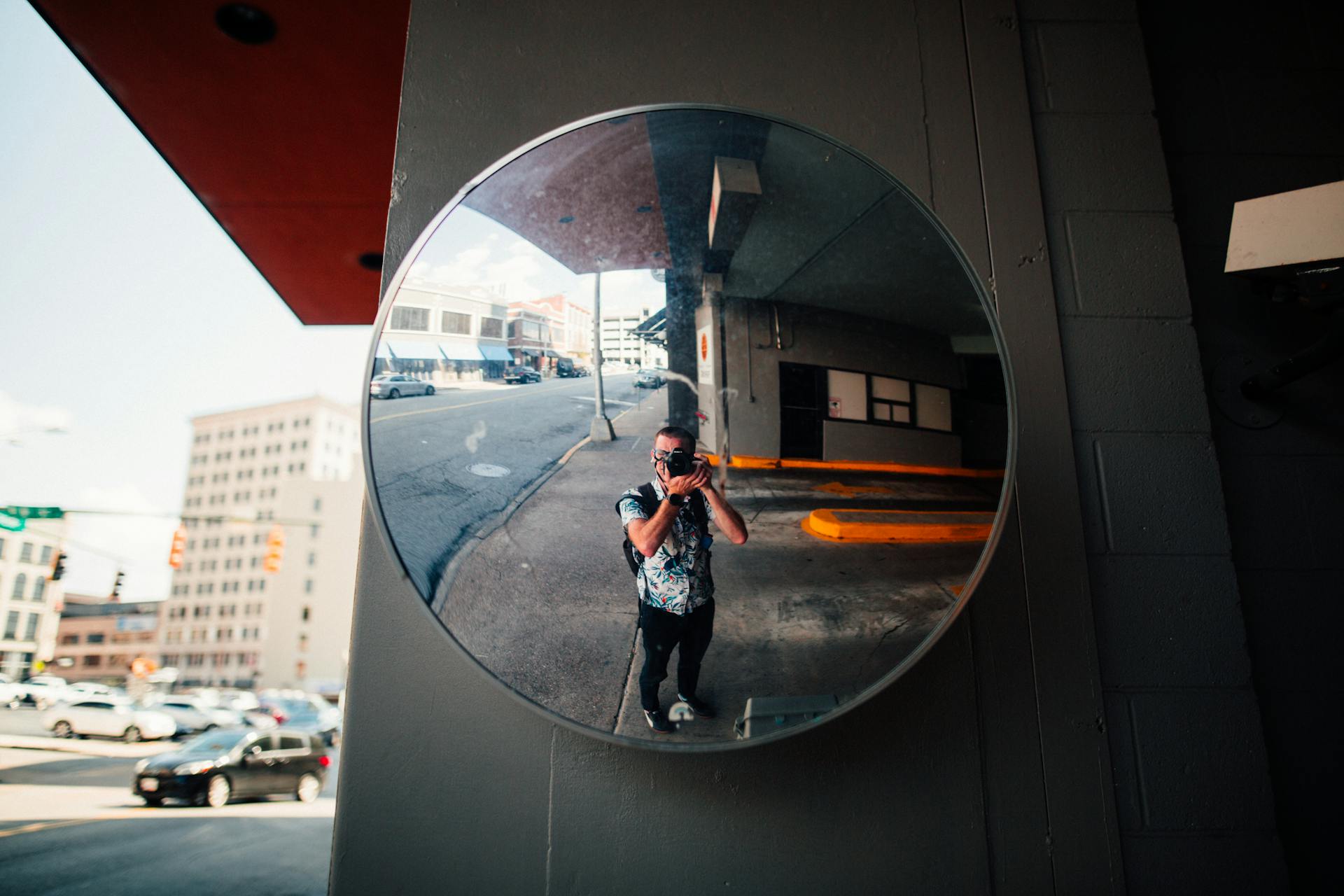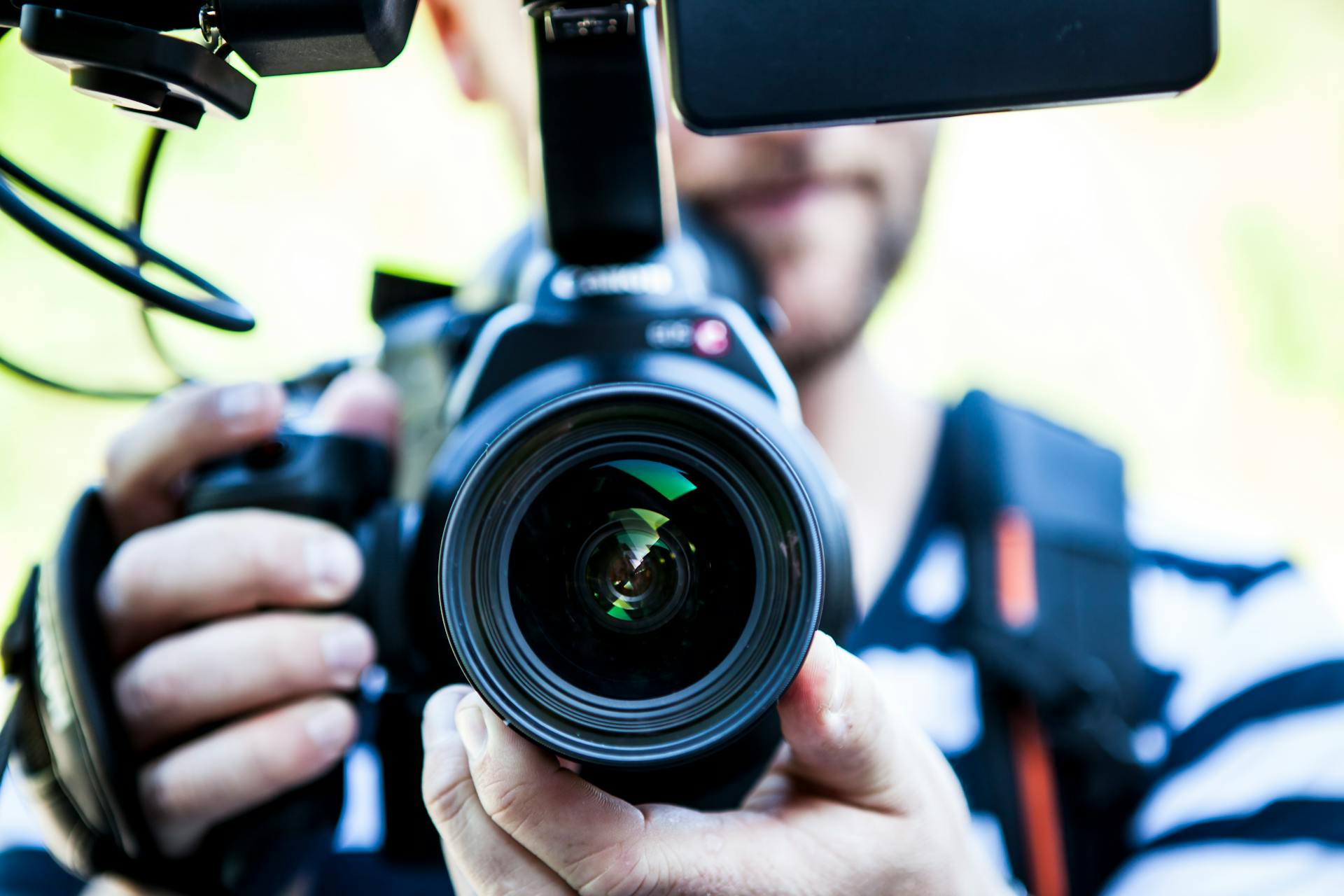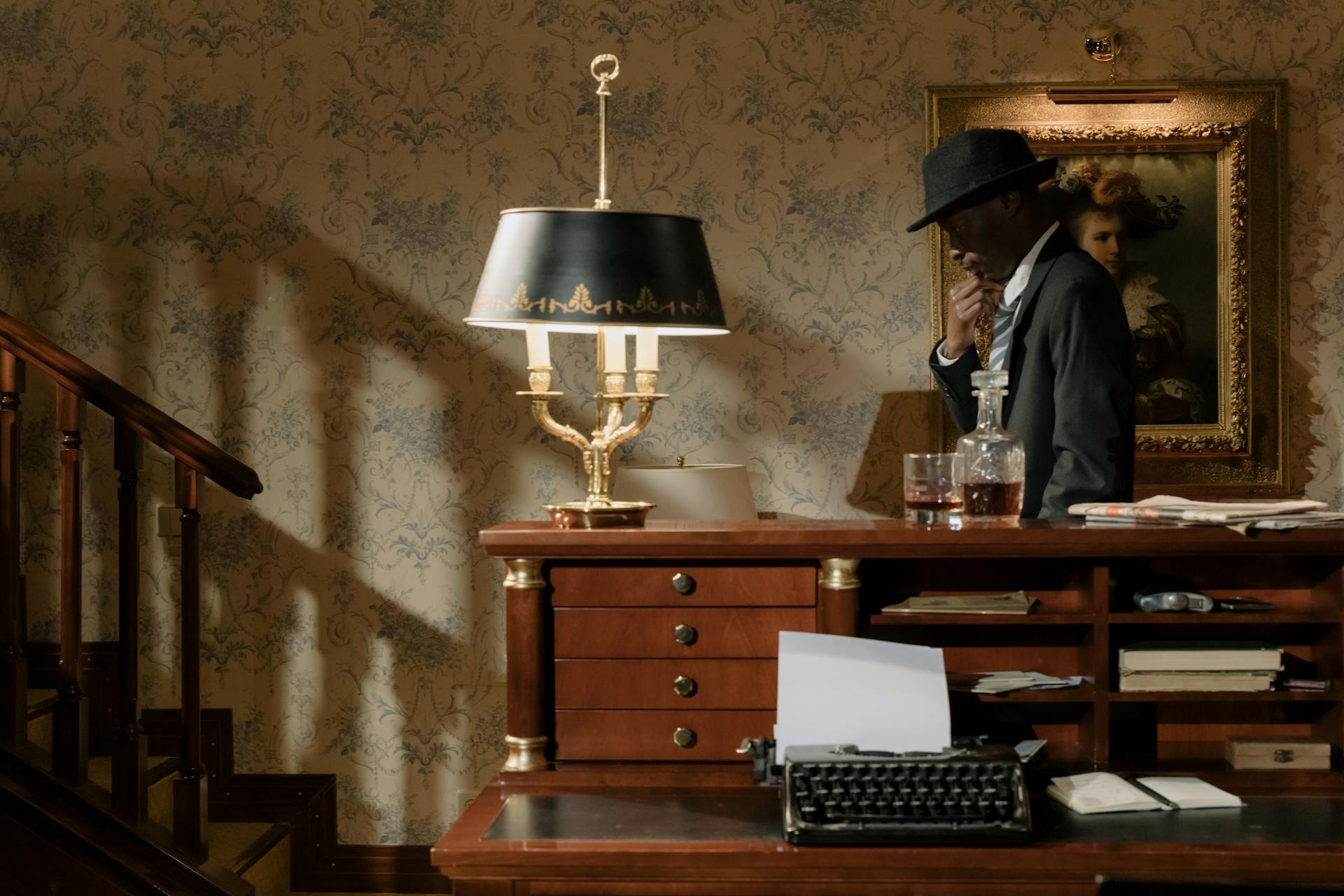
Are you tired of your photos and videos looking dull and lifeless? Do you want to add a cinematic flair to your creations and evoke that nostalgic feeling of watching a classic movie theater experience? Look no further, as we have the solution for you! In this article, we will show you how to achieve that highly coveted cinematic element in your photos and videos.
Jeff Collier, a professional photographer and videographer, has shared his expert tips on how to get the perfect cinematic appearance for your creations. Using simple techniques and photo editing software such as Adobe Premiere Pro Photoshop, you can transform your ordinary photos and videos into stunning pieces of art. By incorporating specific lighting techniques, color grading, and composition methods, Jeff's tried-and-tested methods are sure to elevate the look of any project.
Whether you're an aspiring filmmaker, photographer or just someone who wants their content to stand out on social media, this article is for you. So grab your camera or phone, sit back, relax and let us guide you through the process of achieving that highly-coveted cinematic look!
Unraveling the Mystery Behind Cinematic Look
In a world filled with trendy vocabulary, "cinematic look" has become a buzzword that many people use without truly understanding its meaning. In its traditional sense, filmmaking cinematic refers to the process of creating films that mimic the look and feel of movies seen in theaters. This means adding effects and using sophisticated storytelling techniques to create a visually striking and emotionally resonant film.
Over the years, industry professionals have honed their skills and developed complex visual elements working together to achieve a cinematic level of production. From mood lighting to the video editing process, every aspect of filmmaking is carefully crafted to create a sophisticated aesthetic that draws audiences into the story.
The result is award-winning films like Oscar-nominated movies that offer a vivid beauty and motion production advanced beyond what was possible in the early days of cinema. Achieving a cinematic look in your own film essentially means you've achieved a sophisticated storytelling experience that transports viewers into another world.
1. What makes a video cinematic?
A video cinematic is one that has a certain look and feel to it. To achieve this, there are a few things to consider. Firstly, aspect ratio can play a big role in creating a cinematic look, with wider aspect ratios generally being preferred. Another important factor is the use of shallow depth of field, which can be achieved through wider apertures or telephoto lenses. This creates an intimate connection between the subject closest to the camera and the background you'll successfully capture.
Avoiding shaky footage creates a more polished and professional look, helping to hold the audiences attention throughout. It's also important to strike a healthy balance between wide depths of field and shallow depths; using shallow depth fields excessively can ruin the overall aesthetic of your video. By incorporating these elements into your videos, you'll be able to create a video cinematic that captures not just imagery but also evokes emotions from those who watch it.
Create Stunning Cinematic Photos: Tips and Tricks
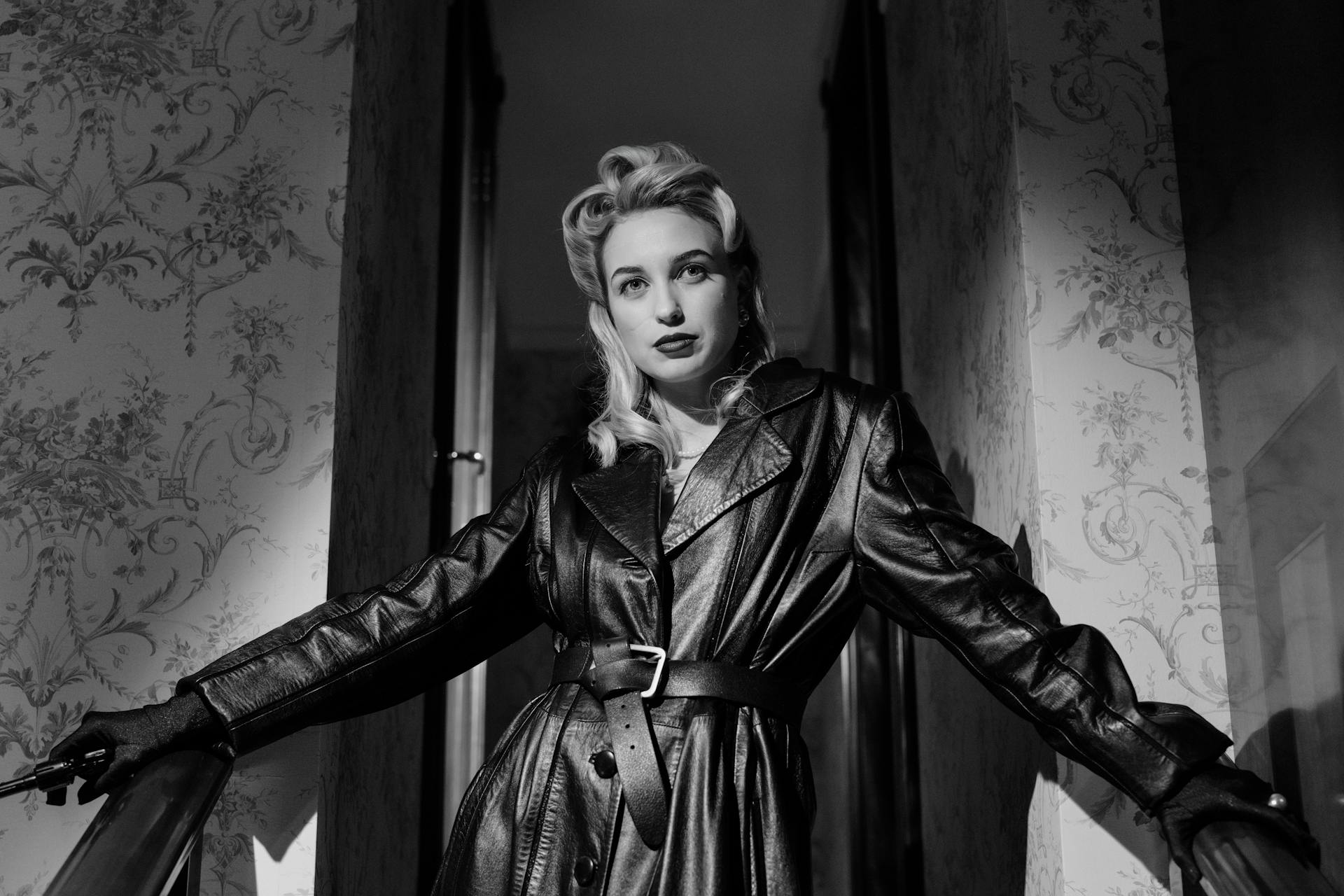
Creating stunning cinematic photos is a great way to add drama and emotion to your photo-taking process. Shooting stills with an effective cinematic look requires great care and attention to detail. The key is to pay attention to smaller elements that can make a big difference in creating an interesting image.
One important factor in achieving amazing cinematic shots is lighting. Cinematic photography often includes light subject matter, so it's crucial to pay close attention to the lighting in your scene. Use natural light whenever possible, but don't be afraid to add artificial light sources for dramatic effect. Another important element is composition – take the time to carefully frame your shot, paying attention to the placement of the subject and any other objects in the scene. By considering all these factors, you'll be well on your way to capturing breathtaking, cinematic photos that will leave viewers speechless.
1. Look for Cinematic Photography Inspiration
For film lovers, a cinematic look is a distinctly fun part of the movie-going experience. If you pay attention to your favorite films, you'll notice the frame work notes, composition color grading angles and subject choice all contribute to that special feeling. To research cinematic photography inspiration, start coming up with stills photographers and video screen grabs stills images from beautiful professional movies.
When it comes to creating final photographs with a cinematic look, pay attention to the details. This can be achieved in street photography, controlled portraits, or rolling landscapes. Color grading plays a big role in achieving this look as well - so experiment with different tones until you find something that feels right for your vision. By taking cues from your favorite movies and special photographers in the industry, you can create stunning visuals that capture the essence of what makes cinematic photography so unique.
2. Control Your Composition
Cinematographers control their composition to achieve balance and create beautiful scenes that add depth to the story. It's not just about pointing the camera and pressing record. Every element in the frame must be carefully considered, from the placement of actors to the choice of lenses.
Composition is the foundation of cinematic look, and it starts with understanding basic principles like rule of thirds and leading lines. But it also requires creativity and a willingness to experiment. The best cinematographers know when to break the rules and try something new in order to bring their vision to life on screen.
3. Consider Cinematic Photography Lighting
Photography lighting is an essential aspect of creating the cinematic look. Lighting techniques used on a Hollywood set can be adapted to create effective lighting for photography. The right lighting helps create cinematic feelings, such as soft lighting for a romantic scene or airy hard lighting for an action sequence.
For instance, soft lighting is achieved by using a large source of light, such as natural window light streaming directly onto the subject or through a softbox. Softboxes are artificial lights that spread light over a large surface, creating soft and even light. On the other hand, harsher contrast creates dramatic effects in cinematic portraits. Bright day or artificial lighting creates hard shadows and highlights that add depth to the image. Traditional studio setups with neon signs can also be used to create a cool futuristic effect, like in Blade Runner.
Cloudy day clouds diffuse light naturally, providing perfect soft light for portrait photography. Understanding how to use different types of lighting techniques will help elevate your photography game and inspire you to experiment with new ideas. So take some cool neon inspiration from your favorite cinematic movies and start creating beautiful images with cinematic photography lighting today!
4. Consider the Time of Day
When it comes to achieving that coveted cinematic look in your photography, the time of day can make a huge difference. Shooting during golden hour, which is the hour right after sunrise or just before sunset, can give your photos a warm and happy feel. On the other hand, shooting during rainy full grey days can give your photos a bit harder and more somber mood that works well for horror films or night time stories.
But it’s not just natural lighting that matters - artificial lighting also plays a big role in cinematic photography. Knowing how to set up and use artificial light sources can really help you achieve those dramatic shadows and highlights that are so often seen in this style of photography. Whether it's using softboxes or reflectors, being able to manipulate light will make a huge difference in your images no matter what time of day they're set.
5. Use A Wide Aperture
Using a wide aperture is an important part of achieving a cinematic look in your photos. By selecting a wide aperture, you can create a shallow depth of field that draws attention to your main subject while blurring the background. This effect, known as bokeh, adds a nice depth and interest to your photos.
Prime lenses with wide apertures like 35mm and 50mm are great lenses for street photography or capturing interesting cinematic shots. The sharpness makes the main subject sharper, while the blurred background creates a nice bokeh effect. If you prefer using zoom lenses, consider investing in a fast zoom lens with a wide aperture to achieve similar results. Whether you're capturing someones face or any other main subject, using a wide aperture can help make it stand out in your photos.
6. Shoot Your Photos in RAW
Photography shooting is all about capturing the perfect moment. However, if you want to create a cinematic photo, shooting in RAW is key. JPEG significantly compresses your image and you will lose vital details that are crucial for creating cinematic-style photographs. On the other hand, raw records all of the data from your camera's sensor, giving you maximum control over your images.
When you edit RAW produces higher quality images that make the viewer wanting for more. Cinematic photo requires emotional response from viewers and photography emotion doesn't come solely from subject choice but also from how you capture it. Creating emotion in your images is a key skill in creating cinematic photography, whether it be street photography or candid situations captured in real cinema. Shooting in RAW allows you to capture a raw moment and turn it into a stunning photo that evokes an emotional response from viewers.
7. Pick a Cinematic Photography Theme & Shoot a Series
When it comes to capturing a cinematic look in photography, it's all about storytelling. Pick a cinematic storytelling theme, like a mystery or romance, and shoot a series of photos that follow that theme. This way, you can keep viewers' interest as they follow the story being told through your photos.
To achieve this, use different shots such as medium shots and close-ups to help show the viewer different perspectives and emotions. A good overview shot can also be used to give the viewer a deeper mood of the setting. The formula couples nicely with any storytelling sequence, allowing each cinematic photo to stand out while still fitting within the overall narrative. With these techniques in mind, you'll be on your way to creating powerful cinematic imagery that tells an engaging story.
How Can I Get Cinematic Video on my Phone?
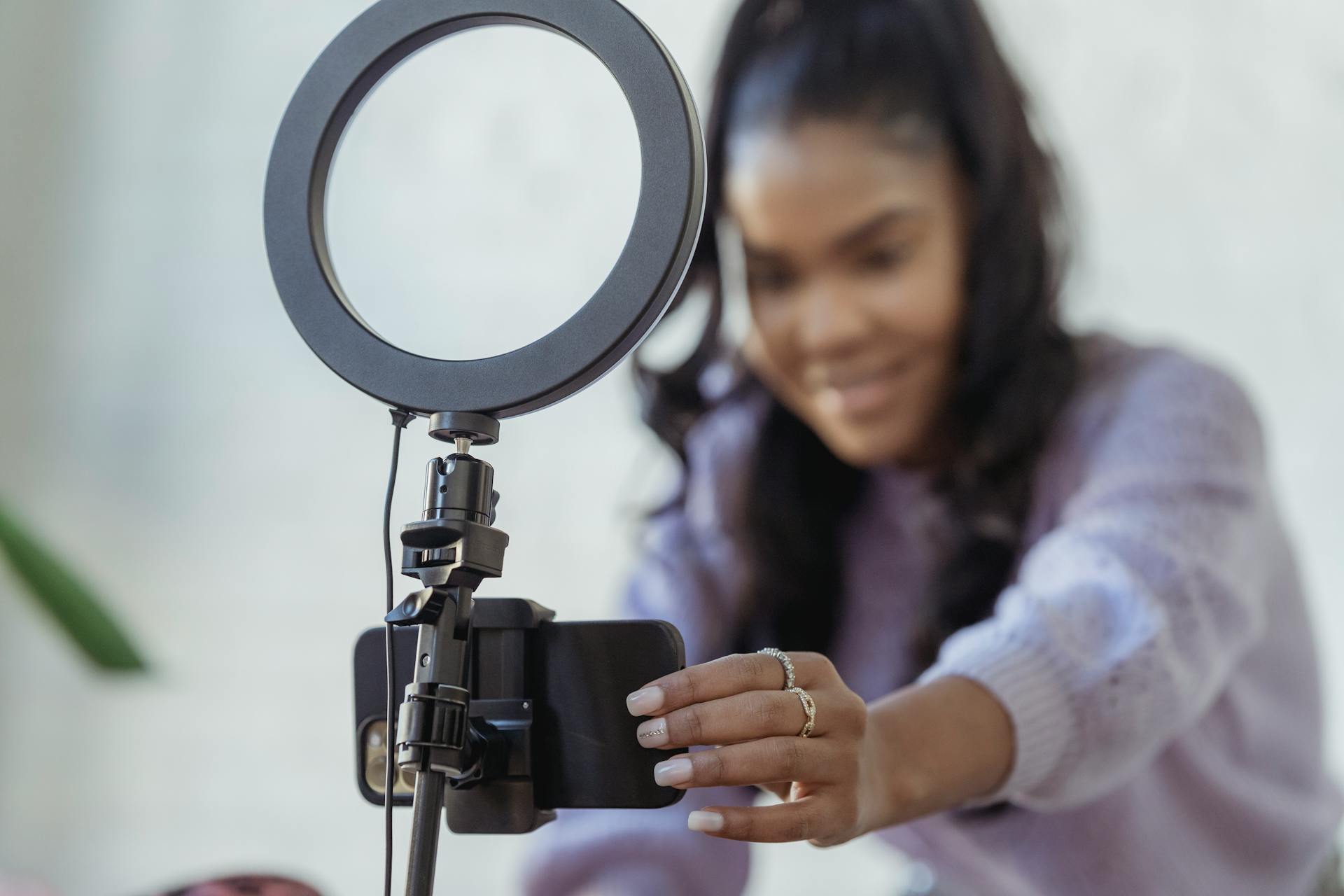
Cinematic videos are a great way to capture high-end shots using just your phone. To achieve this professional cinematic look, you can credit Apple's camera app, which features high professional-grade frame rates for vivid color and shallow depth to minimize background distractions. You can also use the Google Camera app, which includes portrait mode with a blurred background.
When capturing cinematic footage on your phone, it's important to note that shallow depth helps establish a strong viewer-subject connection. This means that the subject of your video will stand out from the background in a pleasing and visually attractive way. By simply starting recording in cinematic mode, you can achieve this effect without any additional editing or post-production work.
Overall, getting cinematic video on your phone is easier than ever before thanks to high-tech cameras and advanced camera apps. Whether you're looking to create top-tier films or just capture some fun memories, these tips will help you achieve the professional-grade results you're looking for. So next time you're out capturing footage with your phone, try using these techniques to take your videos to the next level!
Crafting Cinematic-Looking Portraits: A Step-by-Step Guide.

Creating cinematic photos is a popular trend in modern photography. Many photographers want to achieve images that look like they were taken straight from a movie scene. With the help of digital cameras and modern technology, it's possible to have full control over every aspect of the photo, creating stunning moments worthy of the big screen.
To emulate modern movies or classic Hollywood films, it's important to pay attention to lighting, composition, and post-processing techniques. Using dynamic HDR image editing tools can help bring out the details in the shadows and highlights, giving your photos a more dramatic and cinematic feel. Looking back at past photographers who created iconic cinematic portraits can also provide inspiration for your own work. By following these steps, you can elevate your portrait photography game and create images cinematic enough to be featured in a blockbuster film.
Discover How to Make Movie-Like Videos: Last Tips
Are you tired of hearing the overused buzzword "cinematic look" without really understanding its true definition? Look no further than top-performing movies to understand the reason making content cinematic is so important. It's not simply slapping on some filters or adding effects, it's about highly sophisticated luxury that creates vividness showcased through mindful editing techniques.
Making subtle modifications can have an astronomical impact on the final product. With these 8 essential tools, even an amateur can easily create videos that evoke nostalgia found in a Wes Anderson film. But don't just rely on the equipment, learn from a professional photographer and master the art of lighting and composition.
Still unsure where to start? Check out this limited-time discount for editing software that will take your videos to the next level. Don't settle for mediocre, make your videos stand out with content that captures the essence of a movie-like experience.
Frequently Asked Questions
How do you make a good photo?
To make a good photo, focus on composition, lighting and subject matter. Use the rule of thirds to create balanced compositions, take advantage of natural light or use artificial lighting to enhance your subject, and choose interesting subjects that tell a story or evoke emotion.
What is cinematic photography?
Cinematic photography is the art of capturing images that resemble movie stills, with a focus on creating a visual story through lighting, composition, and color grading. It aims to evoke emotion and immerse the viewer in a narrative, much like a film.
What should I look for in a photographer?
When looking for a photographer, it's important to consider their style, experience, and portfolio. Look for someone whose work resonates with you and has a proven track record of producing high-quality images.
How to create a cinematic photo look?
To create a cinematic photo look, start by adjusting the colors and contrast to achieve a dramatic effect. Use a shallow depth of field to blur the background and add depth, then apply film grain or texture to complete the look.
Featured Images: pexels.com
